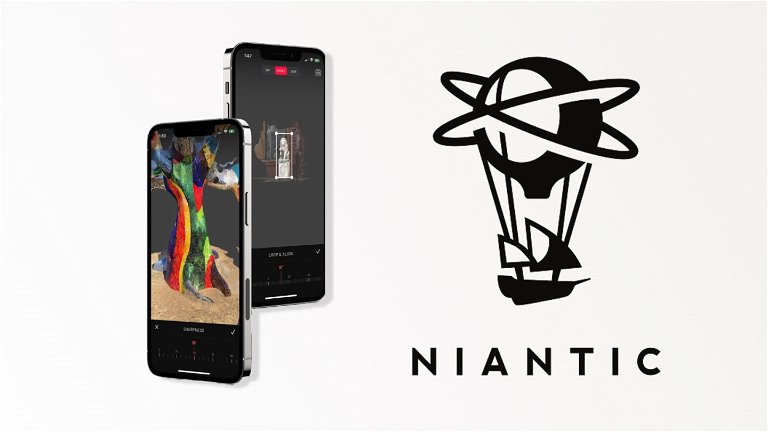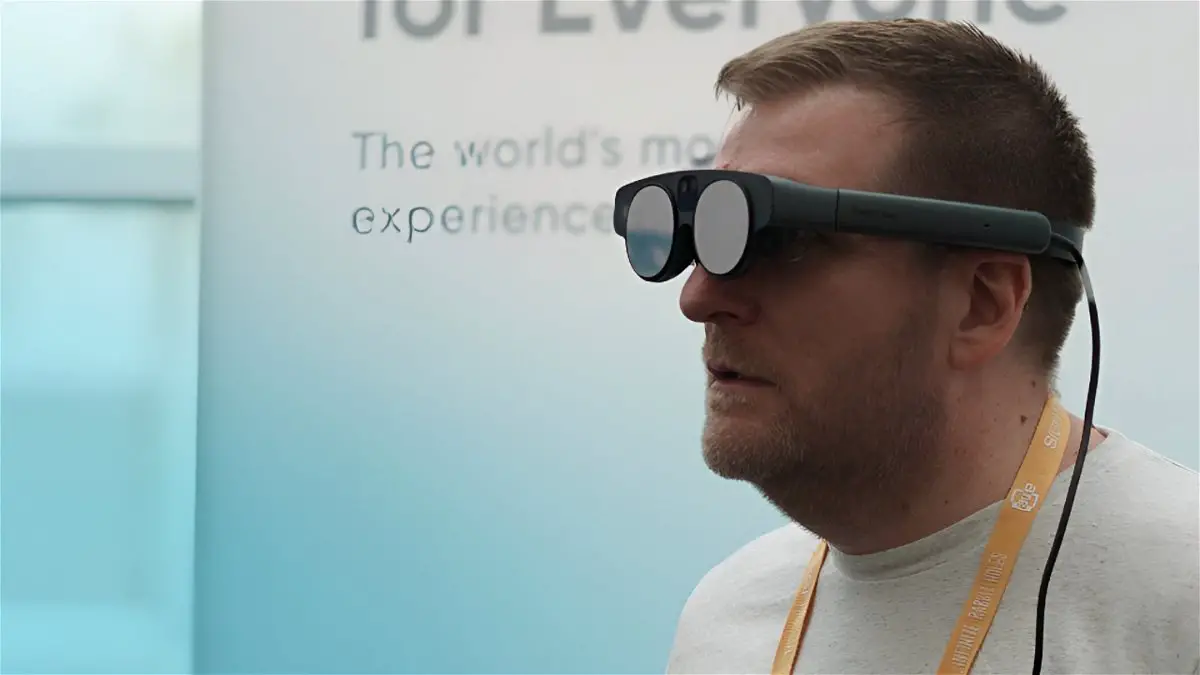
Augmented reality is no longer talked about as much as it was a while ago, or that’s the feeling that yours truly has. However, the talk we have attended today with Brian McClendon, senior vice president at Niantic and co-creator of Google Earth, has made me realize how wrong I am and how it is a technology that is increasingly present in our lives, and more than it will be.
That is at least the goal of Niantic, responsible, together with the respective owners of the franchises, for applications such as Pokémon GO or Monster Hunter Now, but who are also at the forefront of some of the most significant advances in this field where the real and the virtual merge, thus creating experiences that are both believable and immersive and the most imaginative.
The future of augmented reality
Augmented reality (AR), which during the session and during the text will be used as equivalent to mixed reality or extended reality (nuances, nuances), is the one in which, through the use of devices such as glasses or our mobile phones thanks to their cameras, digital elements appear in the real world; Quite a challenge if we keep in mind that they also have to maintain a fixed position to be able to rotate on them and interact properly with the user and what surrounds them.
Although McClendon wanted to highlight three of them: Visual AR, used in Peridot and where digital elements on a real background prevail, Location AR, based on geolocation, as in the case of Pikmin Bloom, and a third that makes use of both and is the one used by applications such as Pokémon GO or Monster Hunter Now.
In fact, the success of Pokémon GO has helped improve augmented reality technology, something that has been possible thanks to its large community, where what will be the great advance of AR resides whenever we talk about experiences outside the home.
It is these that the executive and developer wanted to emphasize today, but there has also been room to talk about other more “geeky” ones that are already available to everyone, although not everyone will know how to get the most out of them, of course, but we will talk about them in a while.
Two worlds in one
Now it’s time to focus on how Niantic wants to make going out on the street even more interactive and of course fun, something that, as we said, they are achieving with the help of players and simple users of this technology from all over the world, who are using their time to, for example, create more mapped waypoints (Poké Stops and the like) or scan objects and even places (such is already their quality) through the use of the photogrammetry (a scanning technique that creates three-dimensional versions) that are later included in these and other apps.
Similar to what Google Maps does or what Microsoft has achieved with its Flight Simulator but much more in detail, and Niantic’s ultimate goal is to “recreate the world with the best possible quality“. To do this, they also have several tools.
Apps for everyone
The first of them and one of the most spectacular is Scaniverse, an application that allows us to scan almost everything we can think of, whether small, medium or large, and recreate it in detailed 3D on, for example, our smartphone. In fact, this powerful tool is already available for iOS and Android users and works even on modest terminals (always within limits, but my multi-year-old mobile and 300 € at the time of purchase has been able to handle it).
- Download Scaniverse on Android.
- Download Scaniverse on iOS.
Scaniverse has advanced by leaps and bounds in recent years and this has been thanks to both the community, which has not stopped nurturing content in this universe of ones and zeros that the company wants to create always in communion with reality, and the optimization of processes, which have allowed greater calculations with lower consumption, and therefore lower battery consumption, which is also a factor to take into account.
In addition, everything we scan with this app can be transferred to the other great protagonist of this lively and revealing talk, Niantic Studio, a visual editor (currently in beta phase) that allows us to create augmented reality experiences and try them almost on the spot and that also includes an effective integrated physics engine.
The best? Both are available entirely free of charge to everyone.
Wearables, the other bet
But what would become of applications without devices on which to run them, which is why the company is focusing its efforts on several cutting-edge devices, with mixed/virtual/augmented reality glasses being one of the main pillars. Thus, the following stand out:
- Meta Quest 3, specially designed for mixed reality.
- Apple Vision Pro, for spatial positioning applications.
- Magic Leap 2, the glasses that we will have to follow more closely, as they are perfect according to Niantic for all kinds of AR experiences.

New technologies bring new challenges
But Brian McClendon, in addition to being enthusiastic about the advances in the industry, was also concerned about the new challenges and even legal problems that these technologies, like others, always misused, may entail.
In addition to technical issues, such as the use of more and more energy or processing power, although new algorithmic calculations are reducing all this, there are others, such as the issue of commercial licenses. If I scan my Yoshi amiibo, what can I do with it? McClendon compares this situation to that of photos, videos and product displays on Instagram, where specific legislation is already in place.
Not forgetting the fact that, the more popular its use becomes, the more people will have “vandalized” famous objects and places to leave their mark on them, a lesson they learned the hard way thanks to Google Maps that they nevertheless hope will not be repeated this time.
Willing to change the world, literally
Thus, Niantic’s goal is none other than to continue improving both the tools that have also been made entirely available to us, and the world we create with them, focusing especially on environments outside the home, where interaction with others is also more natural and likely.
As it has become clear to us after this session, technology is already here and what we have to do now is to improve it, for which the community and users are fundamental. With its standardization, which will come hand in hand with wearable devices, where augmented reality glasses stand out, its full potential will be unleashed, and it will not be long before we see it. In fact, we are already doing so.

Comments